5 Best All Around Welding Rod
- April 2, 2024
- 0 comment
Best All Around Welding Rod 2024, or electrodes, are crucial in the welding process, acting as the filler metal that helps join two pieces of metal together. As we move into 2024, certain welding rods stand out for their all-around performance, versatility, and ease of use. Here’s a look at some of the top contenders.
We’ve got your welding covered! Find comfy, Best welding gloves, Best welding carts, plus top picks for Best TIG Welder, Best MIG Welder & Best ARC Welders – all without breaking the bank!
List of Best All Around Welding Rods
Top Rated Welding Rod
E6013: The Beginner’s Choice for Versatility
Specifications
- Classification: AWS E6013
- Coating Type: Rutile
- Current: AC/DC
- Positions: All positions (especially good for vertical and overhead)
- Applications: Sheet metal fabrication, light gauge metal, repair work, general fabrication
- Key Features: Easy arc starts and re-starts, minimal spatter, smooth bead appearance, all-position welding capability, good for thin materials.
The E6013 welding rod is often recommended for beginners, but its appeal extends far beyond novices. Known for its easy start and re-start capabilities, it’s suitable for all positions and performs well on both AC and DC currents. It’s particularly favored for sheet metal welding, offering a smooth finish with minimal slag. Ideal for light to medium penetration applications, it’s a versatile choice for general repair and fabrication work.
Advantage
- Ideal for beginners due to its easy arc starts and restrikes.
- Suitable for all positions, making it highly versatile for various applications.
- Produces a smooth weld with minimal slag, making post-weld cleanup easier.
- Works well on both AC and DC currents, adding to its versatility.
Disadvantage
- Lower Penetration: Compared to other electrodes, it offers relatively lower penetration, which might not be ideal for thick materials.
- Prone to porosity when used in windy conditions, making it less ideal for outdoor applications.
About This Item
- User-Friendly Arc Easy arc starts and re-strikes, making it perfect for beginners and professionals alike.
- Versatile Applications Ideal for light to medium penetration on a variety of metals, including carbon steel.
- All-Position Welding Suitable for use in all positions, providing flexibility in welding tasks.
- Smooth Finish Produces clean and smooth welds with minimal slag, simplifying post-weld cleanup.
E7018: The Professional’s Preference for Strength
Specifications
- Classification: AWS E7018
- Coating Type: Low-hydrogen potassium
- Current: AC/DC
- Positions: All positions
- Applications: Structural steelwork, pressure vessels, power generation equipment, repair and maintenance
- Key Features: Low hydrogen content (reduces cracking), excellent for high-stress joints, good arc stability, produces tough and crack-resistant welds, suitable for tack and fillet welding.
E7018 is renowned for producing tough, high-quality welds with minimal hydrogen content, reducing the risk of cracking and ensuring long-term durability. This electrode is perfect for welding important steel structures and for applications requiring high tensile strength. It works well in all positions and is especially effective in vertical and overhead welding thanks to its thick coating, which also helps in creating a smooth weld appearance.
Advantage
- Produces strong, durable welds suitable for critical structures.
- Minimizes the risk of hydrogen cracking, enhancing weld integrity.
- Can be used in all positions, including vertical and overhead.
- Offers a stable arc with less spatter, improving the working environment.
Disadvantage
- Needs to be stored in dry conditions to prevent moisture absorption, which can compromise weld quality.
- Requires a higher skill level to use effectively, particularly in vertical or overhead positions.
About This Item
- Low Hydrogen Content Reduces the risk of cracking and ensures long-term weld integrity, especially in high-stress applications.
- High Tensile Strength Ideal for welding critical structures requiring strong and durable joints.
- All-Position Capability Can be used effectively in all welding positions, including overhead and vertical.
- Moisture Resistant Designed to absorb less moisture, reducing the risk of hydrogen-induced cracking when stored properly.
E7024: High Speed, High Deposition
Specifications
- Classification: AWS E7024
- Coating Type: Iron powder-titania
- Current: AC/DC (primarily AC)
- Positions: Flat and horizontal
- Applications: Heavy fabrication work, shipbuilding, bridge construction
- Key Features: High deposition rates, excellent operating speeds, good for thick materials, produces smooth welds with good bead appearance, not suitable for vertical or overhead welding due to gravity affecting the molten weld pool.
E7024 stands out for its high deposition rate, making it an excellent choice for welding thick materials at a faster pace. It’s best used in the flat and horizontal positions and is known for creating smooth welds with good bead appearance. Its efficiency and productivity make it a go-to for large-scale fabrication projects.
Advantage
- High Deposition Rates: Allows for faster welding, increasing productivity.
- Designed for efficiency in these positions.
- Results in aesthetically pleasing welds with minimal cleanup.
Disadvantage
- Not suitable for vertical or overhead welding due to its high deposition rate and gravity’s effect on the molten weld pool.
- Best performance is seen in specific situations, limiting its versatility compared to other electrodes.
About This Item
- High Deposition Rate Allows for faster welding, making it efficient for large-scale fabrication projects.
- Flat and Horizontal Welds Optimized for high-speed welding in flat and horizontal positions.
- Smooth Bead Appearance Produces smooth beads with good slag detachability, leading to less cleanup time.
- Efficiency Ideal for thick material welding, providing high-quality welds with minimal effort.
ER70S-2: The Go-To for TIG Welding
Specifications
- Classification: AWS ER70S-2
- Material Type: Triple-deoxidized steel (TIG welding rod)
- Current: DC
- Positions: All positions
- Applications: Automotive repair, aerospace components, fine art sculptures
- Key Features: High quality and cleanliness of welds, excellent for welding over rust or mill scale, good for welding various grades of steel, provides high tensile strength.
ER70S-2 is a triple-deoxidized wire, making it an ideal choice for TIG welding on all grades of steel. Known for its cleanliness and quality, it’s particularly useful in applications where weld integrity is paramount. It offers excellent ductility, making it suitable for welding jobs that require precision and finesse, such as automotive repair and crafting.
Advantage
- Triple-deoxidized steel ensures clean welds, free of impurities.
- Can be used for welding a wide range of steel grades.
- Excellent choice for applications requiring precision and aesthetic quality.
Disadvantage
- Limited to TIG welding, which requires more skill and equipment than some other forms of welding.
- Best results require clean base metal, which can add to the preparation time.
About This Item
- Triple-Deoxidized Steel Ensures clean and high-quality welds, free from impurities and defects.
- Versatile Use Suitable for welding all grades of steel, offering excellent performance across a wide range of applications.
- Precision Welding Provides excellent control and arc stability for precision welding tasks.
- High Strength Produces welds with high tensile strength, making it suitable for critical and demanding applications.
EXX11: The Specialized Choice for Specific Needs
Specifications
- Classification: AWS classification varies by specific electrode (e.g., E6011)
- Coating Type: Cellulose potassium
- Current: AC/DC
- Positions: All positions, especially vertical and overhead
- Applications: Pipeline welding, shipbuilding, construction where deep penetration is needed
- Key Features: Deep penetration, suitable for welding through rust or paint, excellent for vertical and overhead welding due to its penetrating arc, produces a somewhat rougher bead appearance.
Electrodes in the EXX11 series are cellulose-coated, designed for deep penetration in vertical or overhead positions. While not as widely used as the others on this list, they’re invaluable for specific applications requiring deep penetration, such as pipeline welding. Their ability to create strong, durable welds in challenging positions makes them a specialized tool in a welder’s arsenal.
Advantage
- Ideal for thick materials and joint penetration in difficult-to-reach areas.
- Can weld through some contaminants without pre-cleaning.
- Especially effective in vertical and overhead positions.
Disadvantage
- Rougher Bead Appearance: Tends to produce a less smooth weld surface, which may require additional finishing.
- Primarily used for specific applications like pipeline welding, making it less versatile for general use.
About This Item
- Deep Penetration Designed for deep penetration in difficult positions, ideal for pipeline welding and construction.
- All-Position Flexibility Effective in all positions, including challenging vertical and overhead welding tasks.
- Rust and Paint Penetration Capable of welding through mild contamination like rust or paint, reducing prep time.
- Specialized Applications Perfect for environments where a strong, durable weld is needed in less-than-ideal conditions.
”
Comparison Table
| Feature/Electrode | E6013 | E7018 | E7024 | ER70S-2 | EXX11 |
|---|---|---|---|---|---|
| Classification | AWS E6013 | AWS E7018 | AWS E7024 | AWS ER70S-2 | AWS EXX11 series |
| Coating Type | Rutile | Low-hydrogen potassium | Iron powder-titania | Triple-deoxidized (TIG) | Cellulose potassium |
| Current | AC/DC | AC/DC | AC/DC | DC | AC/DC |
| Positions | All positions | All positions | Flat and horizontal | All positions | All positions, specialized for vertical and overhead |
| Applications | Sheet metal, light repair, general fabrication | Structural steel, pressure vessels, maintenance | Heavy fabrication, shipbuilding, bridges | Automotive, aerospace, precision work | Pipeline welding, constructions requiring deep penetration |
| Advantages | Easy to use, versatile, smooth finish, flexible with current | High tensile strength, low hydrogen, good arc stability, all-position versatility | High deposition rates, excellent for flat and horizontal welds, smooth bead appearance | High quality and cleanliness, versatile across all grades of steel, precision welding | Deep penetration, suitable for dirty/rusty materials, all-position flexibility |
| Disadvantages | Lower penetration, less suitable outdoors | Storage requirements, higher skill level needed | Limited to flat and horizontal positions, specific applications | Limited to TIG welding, preparation required | Rougher bead appearance, specialized use |
Types of Rod: Choosing the Right Welding Rod for the Job
Selecting the appropriate welding rod is critical to achieving the desired results in any welding project. The right rod ensures not only the strength and durability of the weld but also affects the ease of welding and final appearance. Understanding the different types of welding rods and their applications can guide you in making an informed choice. Here’s a breakdown of various welding rod types and guidelines for selecting the right one for your specific needs.
- Mild Steel Rods
These rods are ideal for use with dirty or rusty steel; they provide deep penetration and are usually used in construction and repair work. They’re great for beginners due to their versatility and ease of use.
- Low-Alloy Steel Rods Designed for welding high-strength, low-alloy steels, these rods are used in the construction of bridges, buildings, and other structures requiring high tensile strength and toughness at low temperatures.
- Stainless Steel Rods re used for welding stainless steel materials. They offer excellent corrosion resistance and are typically used in the food and beverage industry, as well as in the construction of chemical and petrochemical plants.
- Cast Iron Rods These rods are designed for repairing or fabricating cast iron. They require specific techniques to prevent cracking and ensure a strong bond, making them more challenging for beginners.
- Aluminum Rods Ideal for welding aluminum materials, these rods are commonly used in the automotive and marine industries. They require a high level of skill and the right equipment to use effectively.
- Specialty Rods Includes rods like the EXX11 series for specific applications, such as pipeline welding or projects requiring deep penetration in challenging positions.
Choosing the Right Rod
- Material Type: Match the rod to the base material (e.g., stainless steel rods for stainless steel).
- Welding Position: Some rods are more versatile than others, capable of welding in all positions.
- Welding Current: Check if the rod is compatible with AC, DC, or both types of welding currents.
- Strength Requirements: Ensure the rod meets the tensile strength requirements of your project.
- Post-Welding Requirements: Consider the ease of slag removal and whether post-weld heat treatment is necessary.
Conclusion
Choosing the best welding rod depends largely on the specific requirements of your welding project, including the type of metal, the desired strength of the weld, and the welding position. The rods listed here offer a range of options that cater to different needs, from beginner-friendly choices like the E6013 to specialized options like the EXX11 series. As we continue through 2024, these welding rods stand out for their reliability, quality, and versatility, making them excellent choices for welders across the board.
Frequently Asked Questions (FAQ)
- What is the best welding rod for beginners?
E6013 is highly recommended for beginners due to its easy arc starts and versatility in welding positions. - Can E7018 welding rods be used for outdoor projects?
Yes, E7018 can be used outdoors, but they must be kept dry to prevent moisture absorption which can lead to hydrogen cracking. - Is the E7024 suitable for vertical welding?
No, E7024 is best suited for flat and horizontal welds due to its high deposition rate, which doesn’t perform well against gravity in vertical positions. - What makes ER70S-2 rods special for TIG welding?
ER70S-2 rods are triple-deoxidized, making them ideal for TIG welding on all grades of steel, offering clean, high-quality welds. - Can EXX11 series rods weld through rust or paint?
Yes, EXX11 series rods, like E6011, are designed for deep penetration and can weld through some rust and paint without pre-cleaning. - What is the main advantage of using E6013 rods?
The main advantage is their user-friendly nature, including easy arc starts and stops, and a smooth finish with minimal slag. - Why are E7018 rods preferred for critical structural applications?
They produce strong, low-hydrogen, and crack-resistant welds, making them ideal for structures requiring high tensile strength. - What are the storage requirements for E7018 rods?
They need to be stored in a dry environment to prevent moisture absorption, which can compromise the weld quality. - For which applications is the E7024 rod most efficient?
E7024 is most efficient for projects requiring high deposition rates, like heavy fabrication work, due to its iron powder-titania coating. - How does ER70S-2 compare to other TIG welding rods?
ER70S-2 stands out for its cleanliness and the quality of weld it produces, especially useful in applications where weld integrity is critical, such as automotive and aerospace components.

Jack Williams
Forestry AuthorI'm Jack Williams, Jack Williams, my expertise in welding and generator technologies extends beyond traditional boundaries. With over 13 years of experience, I have honed my skills in a range of heavy-duty equipment, focusing particularly on welding and power generation. My passion for nature and commitment to ecological sustainability inform my approach to work. I emphasize safety, efficiency, and staying current with technological advancements. Beyond my technical skills, I am dedicated to sharing knowledge and fostering environmental awareness, aiming to contribute positively to both the welding and generator operation industries.

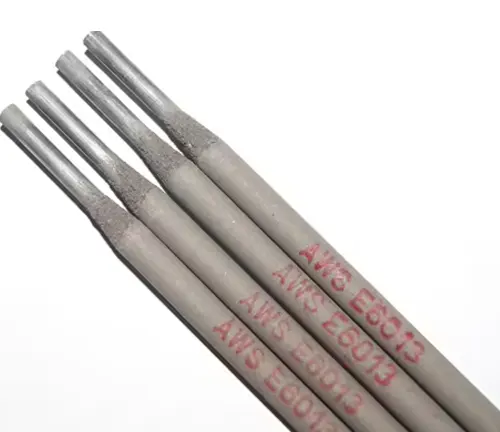
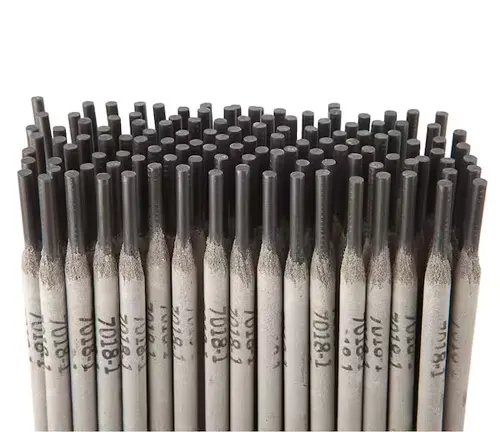


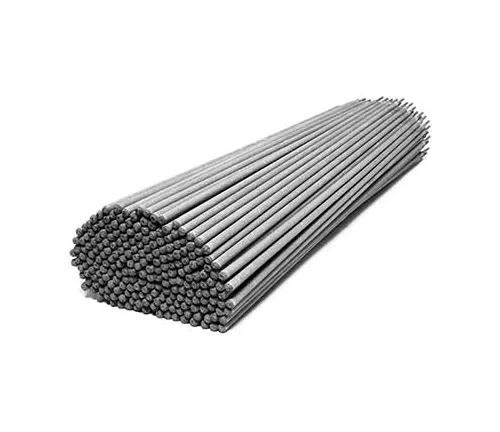

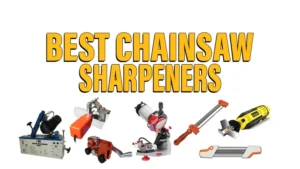
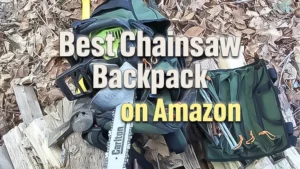
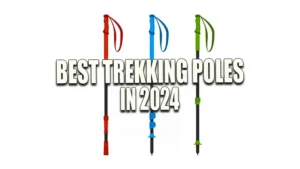
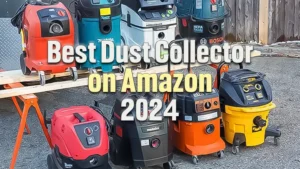

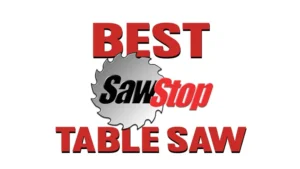
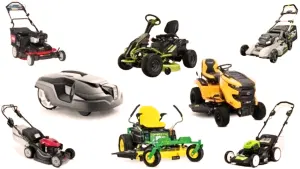




Leave your comment